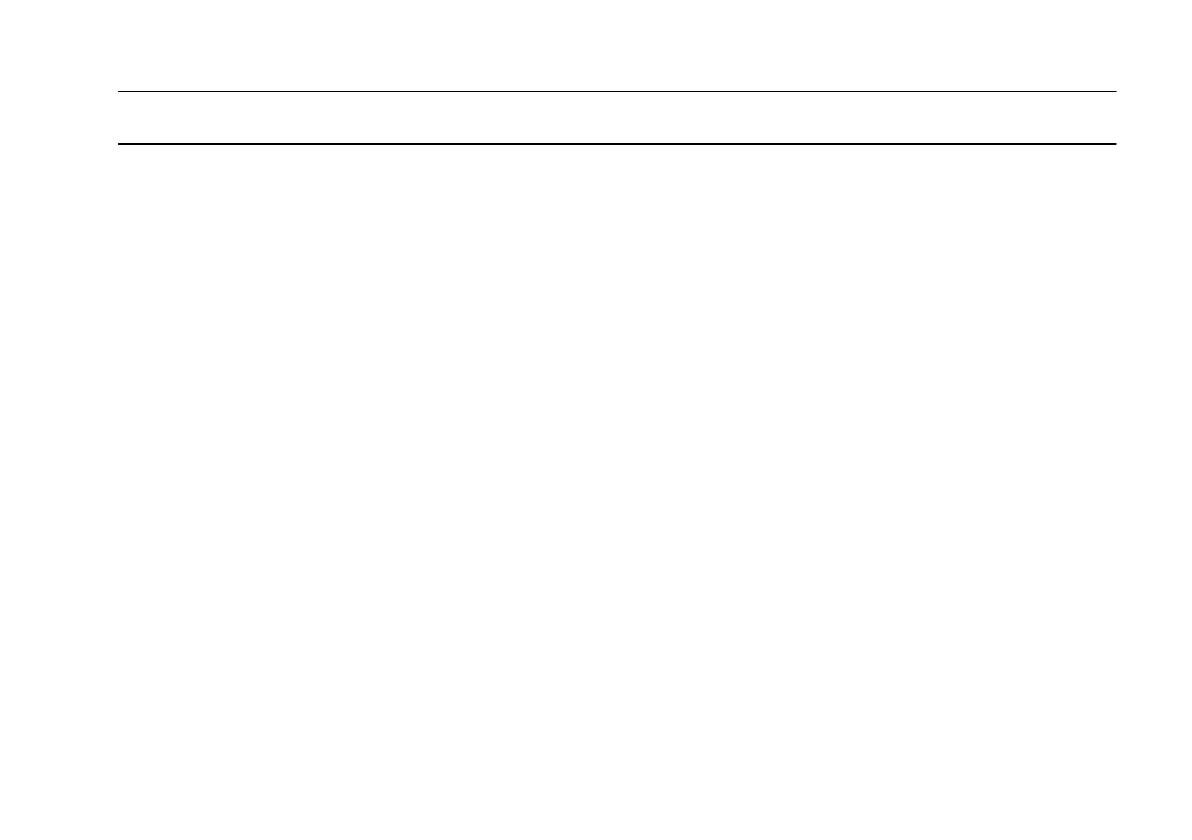
20
The Model 1710A and 1730A power supplies have a very
wide variety of applications in electrical and electronics
servicing, engineering laboratories, manufacturing and
testing facilities, schools, and home hobbying. The power
supply output is fully adjustable from 0 to 30 volts, and 0 to
1 amp (Model 1710A) or 0 to 3 amps (Model 1730A). This
flexibility makes them suitable for most applications
requiring a dc power source.
ELECTRONICS SERVICING
Most electronics troubleshooting and repair is performed
on a test bench. This power supply can provide the dc power
source to operate a module or circuit board on the test bench
when it is removed from its parent equipment. It can be used
to power portable, battery-operated equipment and check the
effect of low battery voltage. It can power vehicular
equipment such as tape players, auto sound systems, CB
radios, etc. on the test bench.
Most automobiles and other vehicles use 12-volt electrical
systems. Although the electrical system is normally referred
to as a 12-volt system, actual battery voltage when fully
charged is approximately 14 volts. The power supply may be
set to 14 volts for servicing equipment from vehicles with
12-volt electrical systems. Some trucks use a 24-volt
electrical system; bench testing of equipment from these
systems should be performed at 28 volts.
Some servicing applications require the injection of a
variable dc voltage for certain tests, such as checking the
effect of AGC bias in a television receiver. This requires an
isolated dc power supply, such as the Model 1710A or
1730A. The equipment being tested may contain its own
power supply and operate from ac power. A dc voltage may
already be present in the circuit. One polarity of the power
supply output is floated to an appropriate point in the circuit,
such as the emitter of a transistor. The other polarity of the
power supply output is then applied to another point in the
circuit, such as the base of that transistor. Varying the power
supply voltage then varies the dc bias on the stage, and the
effects may be noted. A series limiting resistor is often used
to protect the circuits from overdissipation.
ELECTRONICS MANUFACTURING
In electronics manufacturing facilities, the power supply is
often used as a dc power source while testing and adjusting
modules, subassemblies, and complete units in the production
and assembly area or in the quality control area. The
instrument can be used in incoming inspection as a dc power
source for testing purchased components and subassemblies.
APPLICATIONS



















